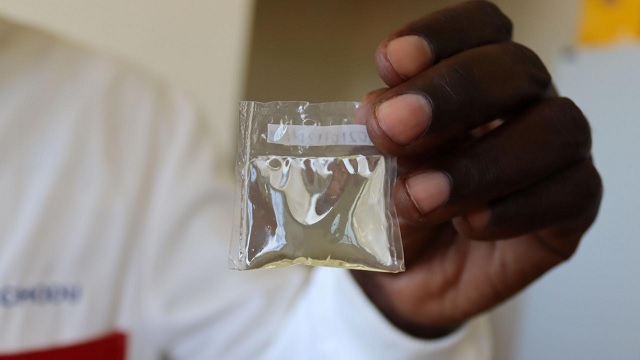
Gulu, Uganda | THE INDEPENDENT | An innovation by scientists from Gulu University could help save livestock farmers in Northern Uganda from the risks of losing their animals to Nagana, a livestock disease spread by infected tsetse flies.
The scientists led by Prof. Richard Echodu, the Director of Gulu University Multifunctional Research Laboratories, have developed a repellent using the stench of waterbucks, a large antelope specie found in sub-Saharan Africa.
Prof. Echodu told Uganda Radio Network in an interview on Monday that the innovation is in response to the risk tsetse flies pose to the livestock and humans, especially in areas surrounded by national parks.
Infected tsetse flies transmit trypanosome parasite that causes sleeping sickness in human beings and Nagana in livestock.
According to Prof. Echodu, during their research which commenced in 2018, they established that waterbucks produce a strong stench that repels tsetse flies away and extracted its molecules for further research.
He notes that the key molecules in the waterbuck stench were synthesized in the laboratory to reproduce the same smell which is used as repellents against tsetse flies.
Prof. Echodu says they have so far conducted trials in areas surrounding Kidepo Valley National Park and Murchison Falls National Park, and the repellent has proved successful in repelling the vectors.
He says the repellent can also be helpful for the military personnel, and tourists visiting the national parks.
Prof. Echodu reveals that the National Drugs Authority-NDA recently approved their application to start commercial production of the repellents. He however says they will team up with private stakeholders interested in investing in the venture to kick off production.
Prof. Echodu also reveals that whereas they had developed the repellent for tsetse flies, they have got reports of its effectiveness in repelling black flies, the vectors that transmit the parasitic worm onchocerca volvulus known to cause nodding syndrome.
For now, Prof. Echodu says they only have samples of the repellents for trial purposes at the university laboratory but notes that in the future when production kicks off, they intend to produce a perfume, and waterbuck scented t-shirts.
The unit price according to him will range between 2,000 shillings to 3,000 shillings but may be higher if a private entity takes the investment.
Using the repellent
According to the scientists, the tsetse fly repellent is packaged in a small polythene bag and wrapped around the tail of an animal or worn on the neck and waist of a human being.
According to the Uganda Trypanosomiasis Control Council (UTCC), about 20 million animals are at risk of nagana infection in the country.
UTCC reports also indicate that a total of seven cases of sleeping sickness were recorded in the country in 2019.
*****
URN
 The Independent Uganda: You get the Truth we Pay the Price
The Independent Uganda: You get the Truth we Pay the Price



